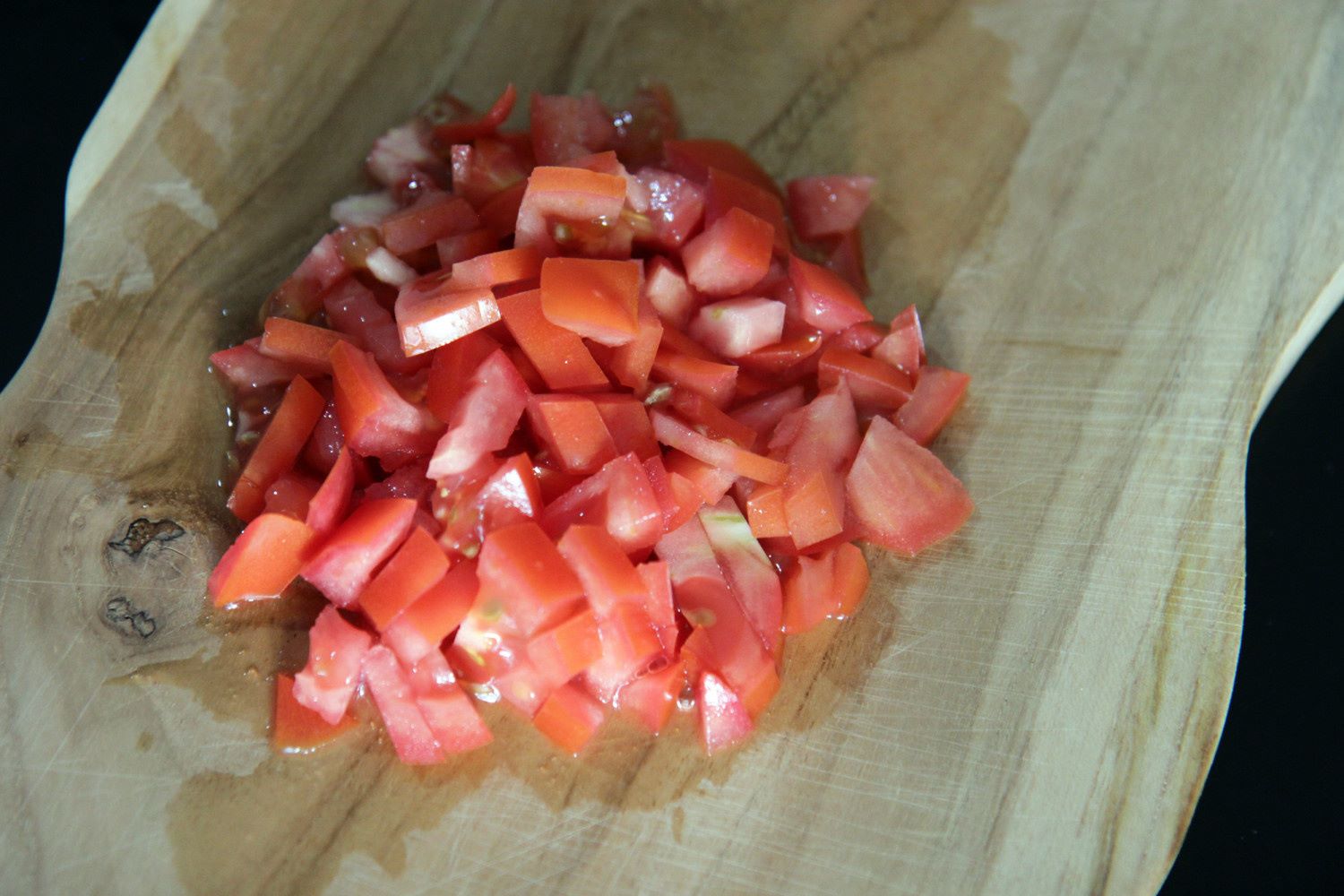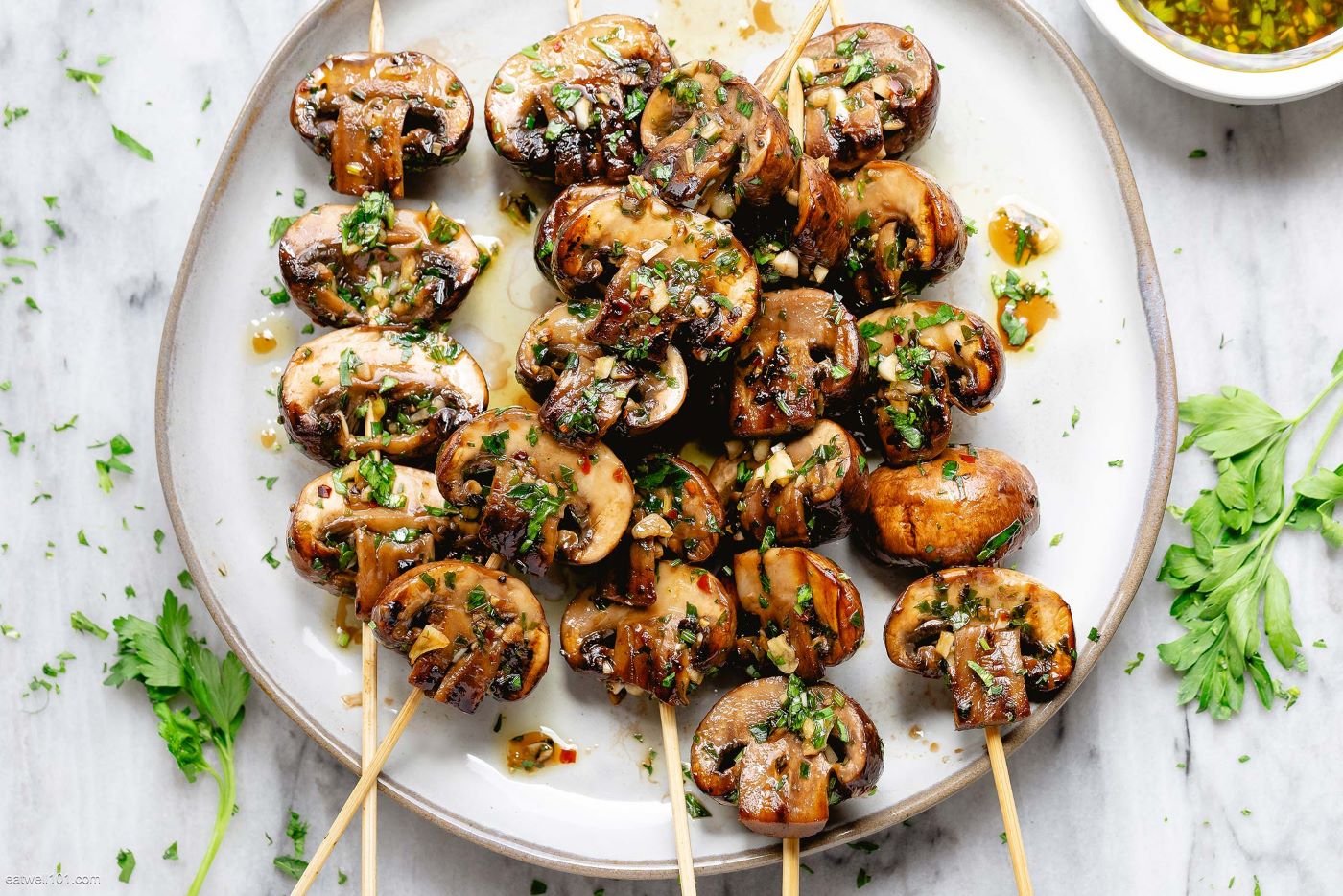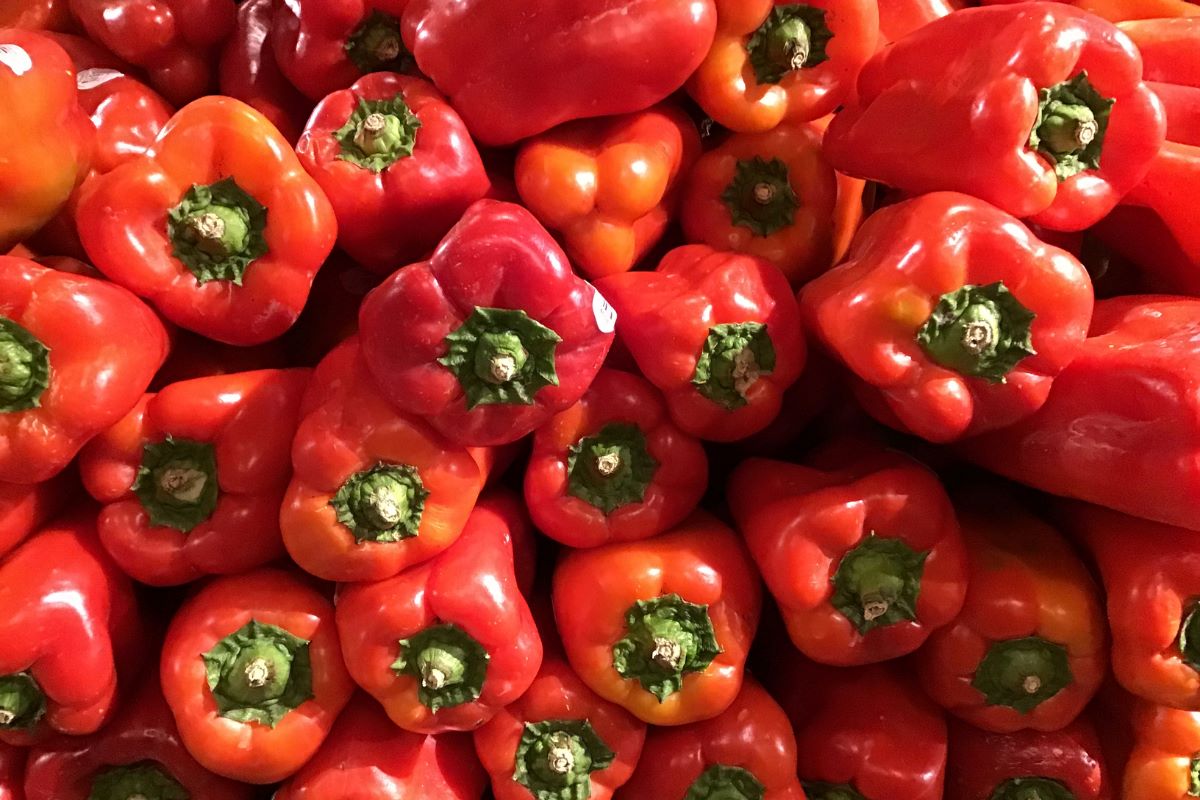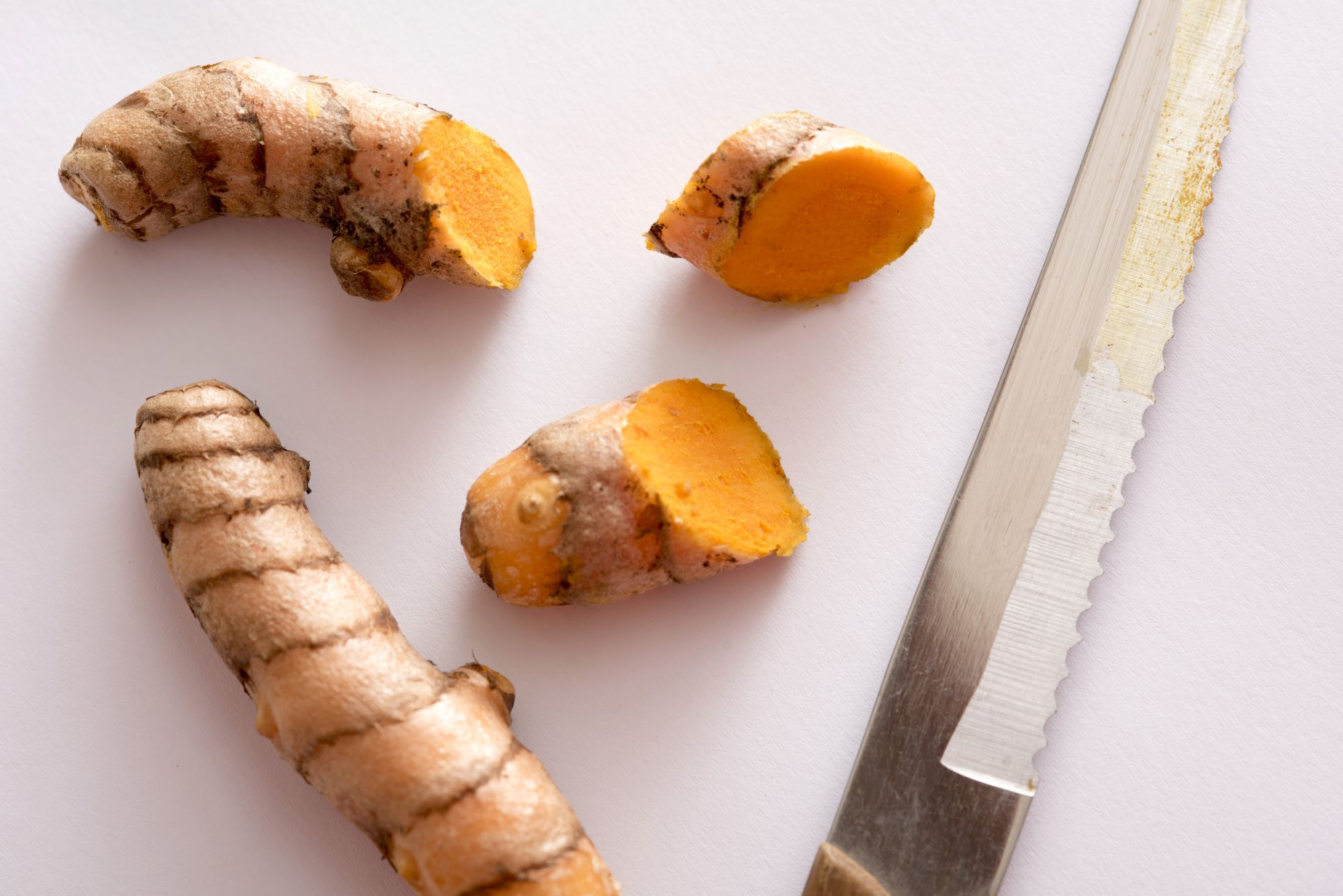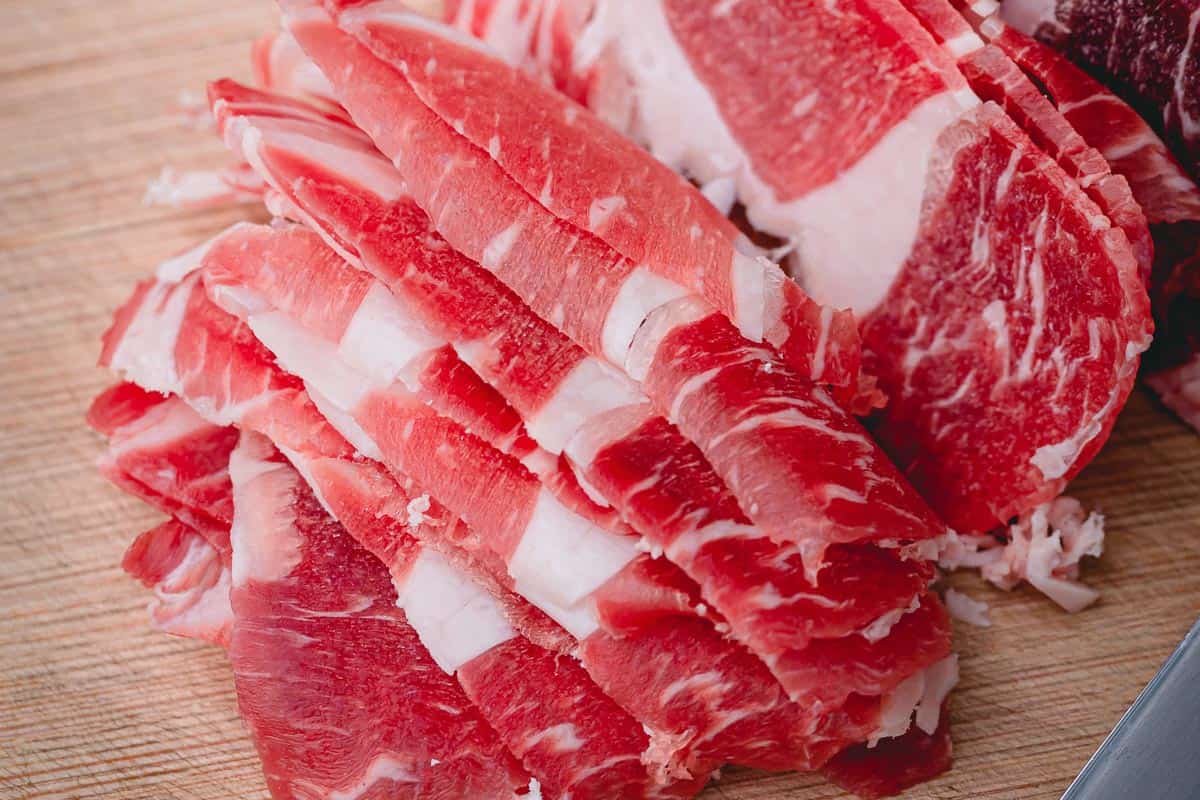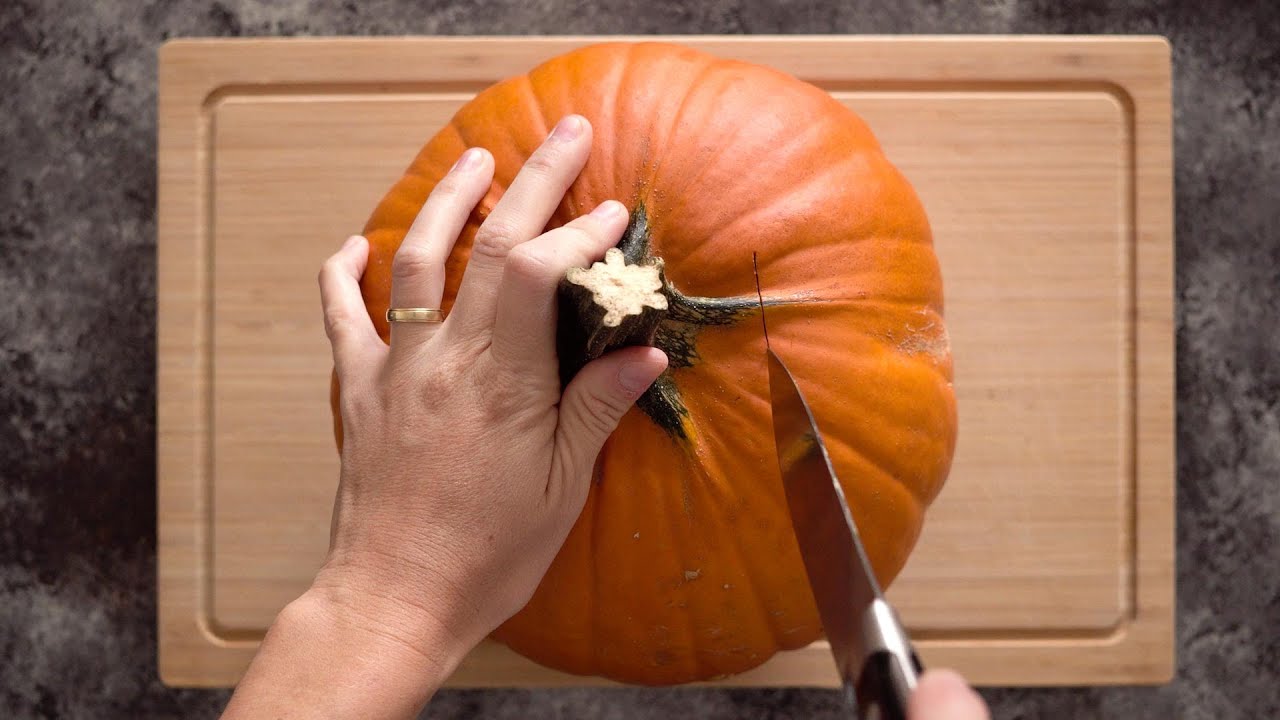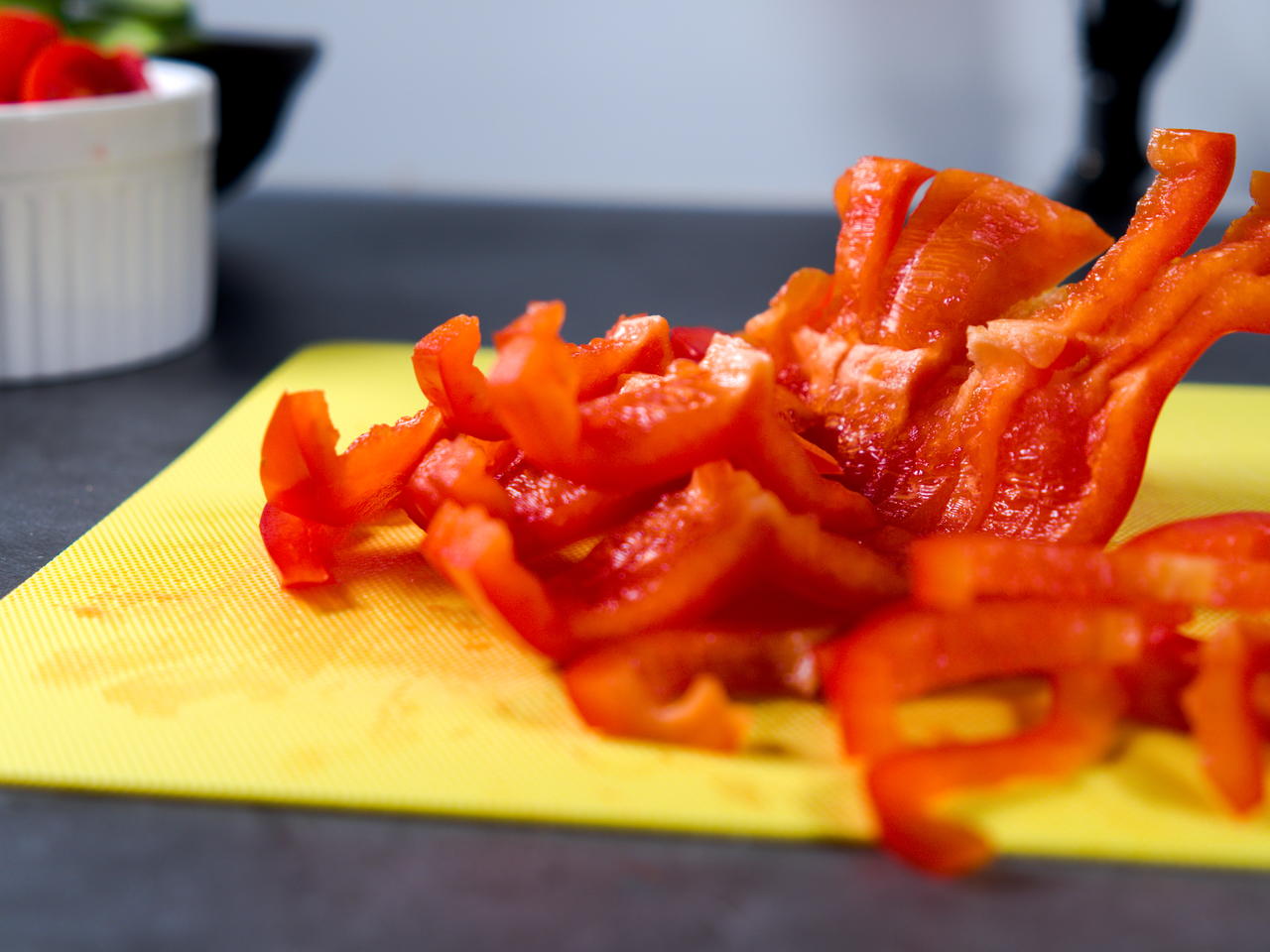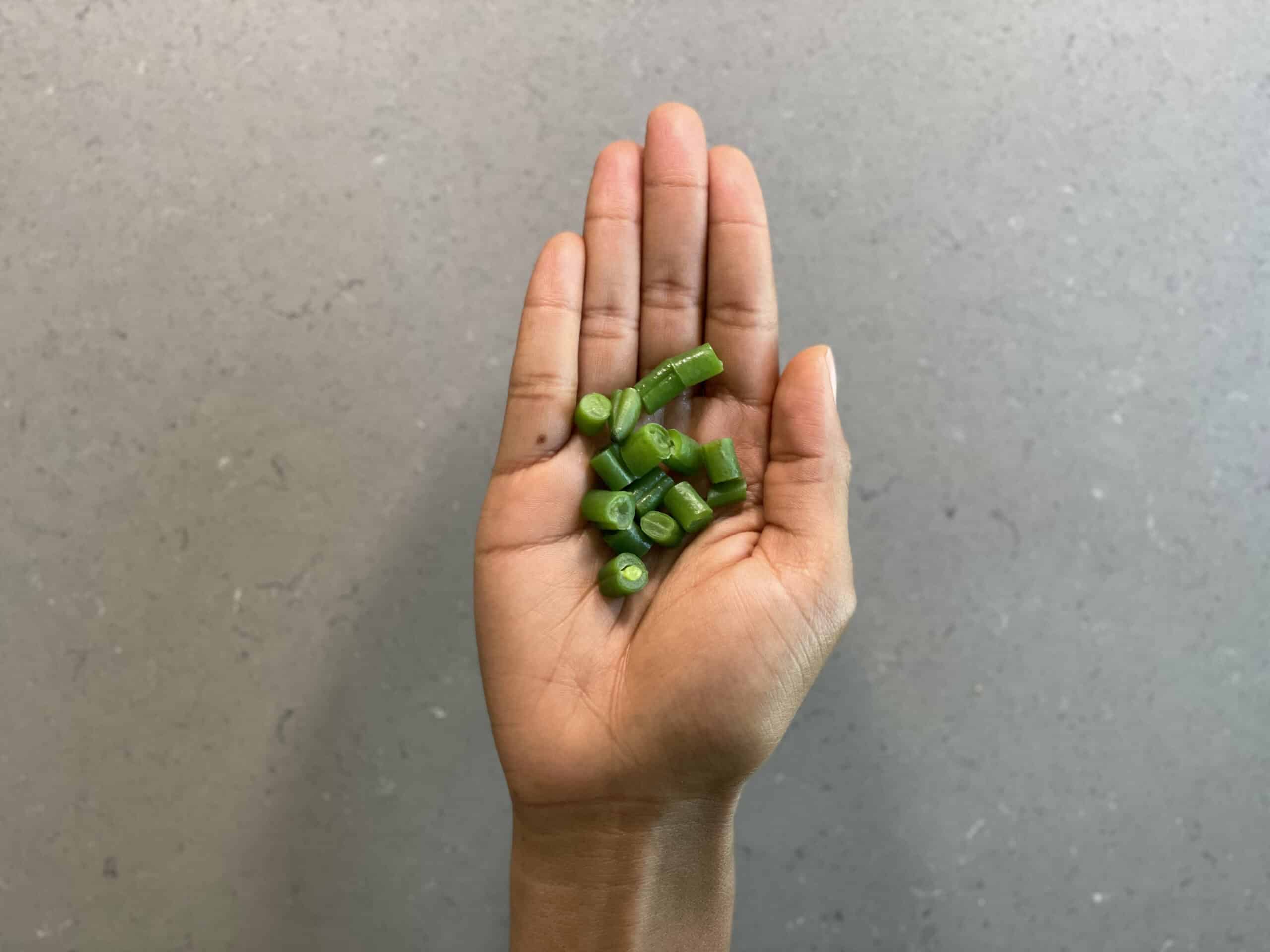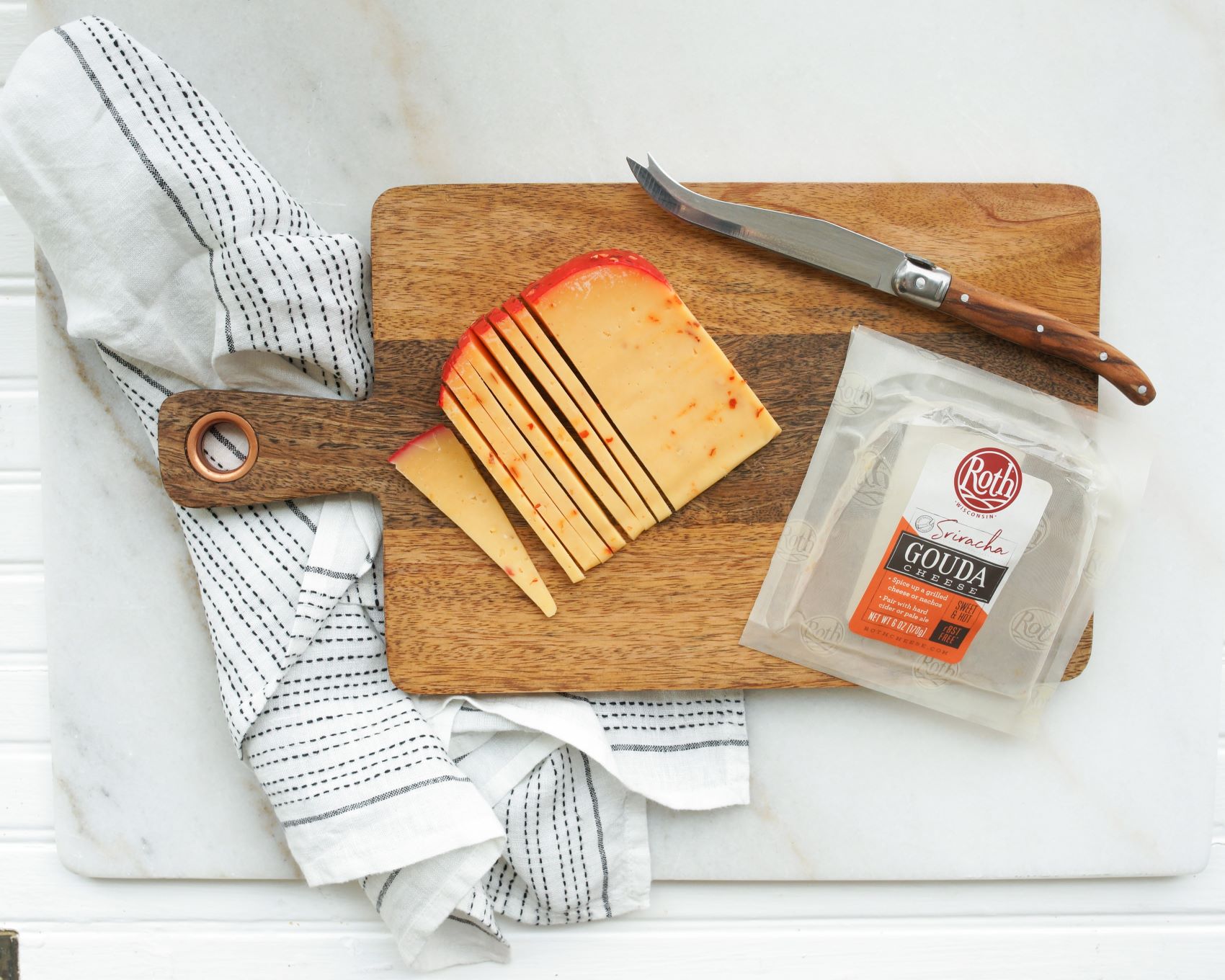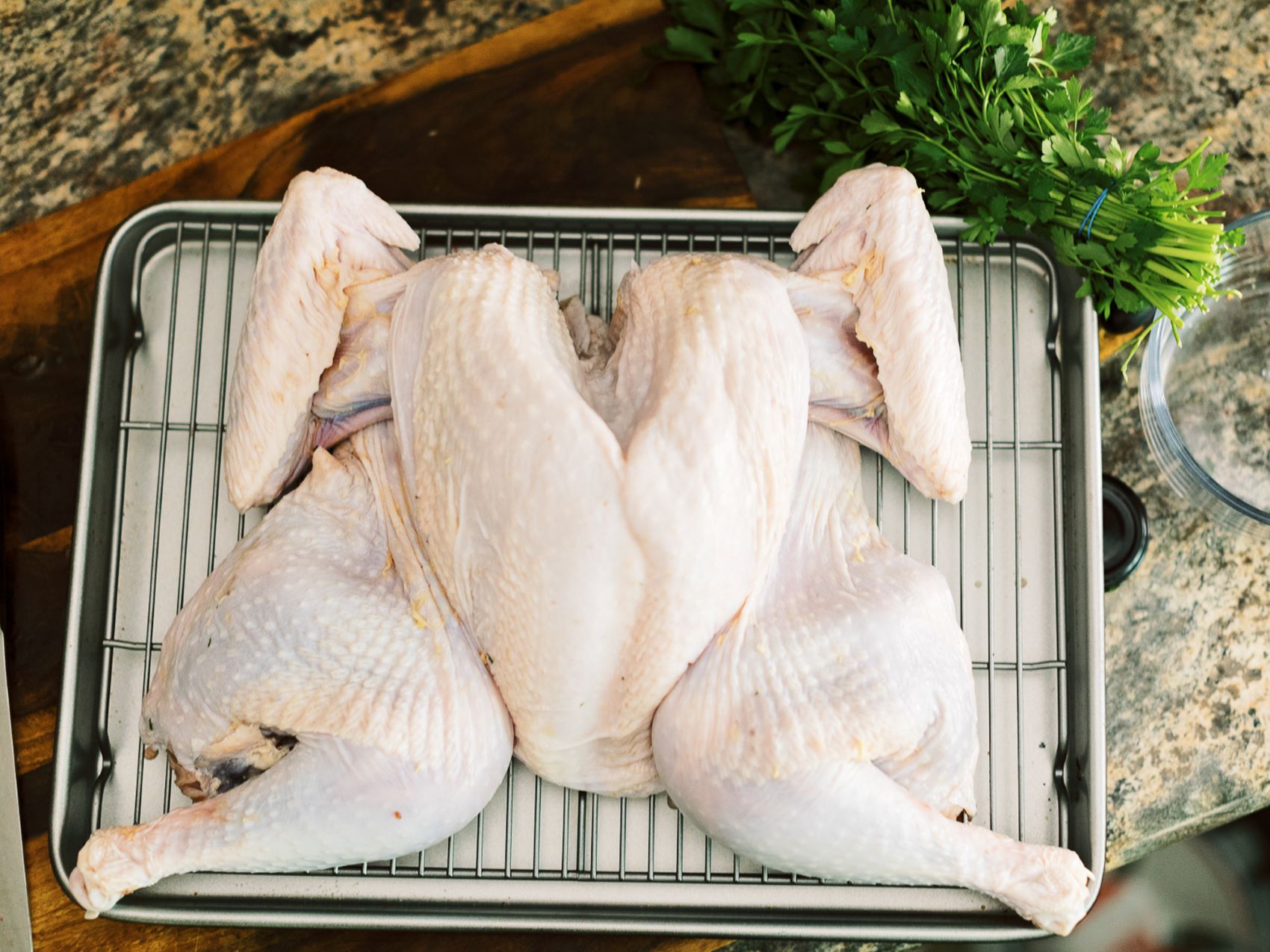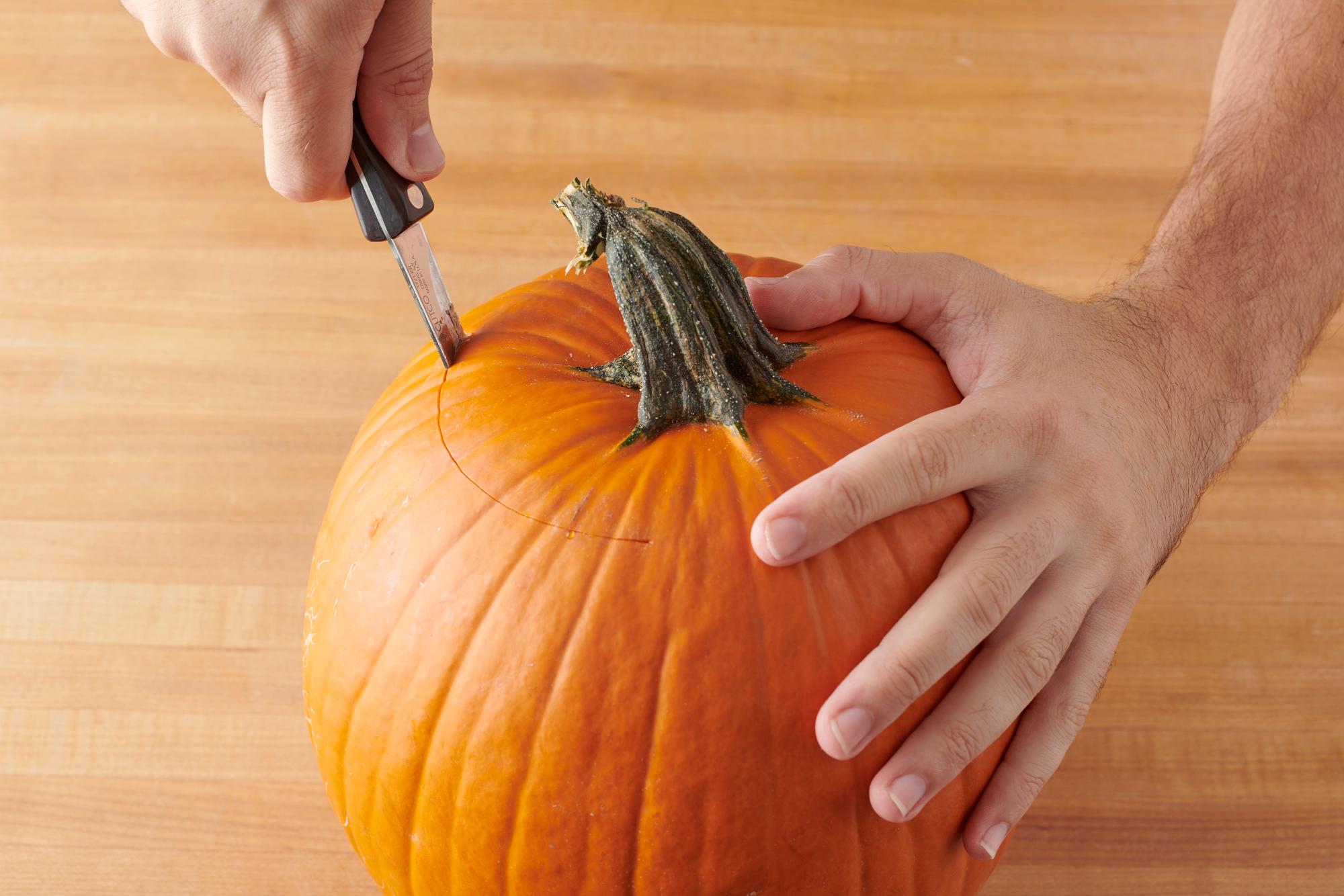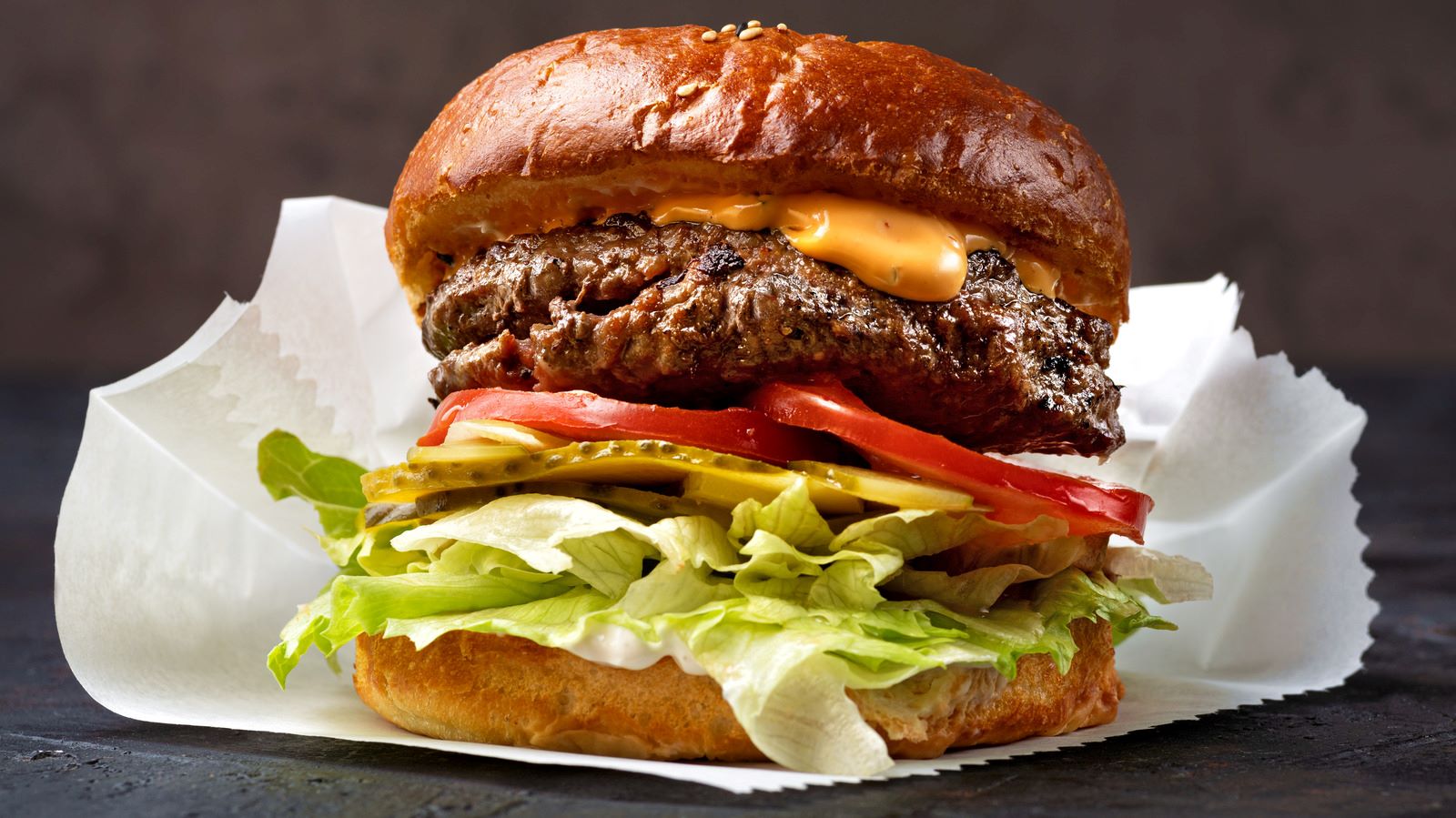How To Cut A Green Pepper Hack
Green peppers are a versatile and nutritious vegetable that can add flavor and color to various dishes. However, cutting a green pepper can sometimes be a tricky task. To help make the process easier and more efficient, we have a simple, yet genius hack that will have you slicing and dicing green peppers like a pro in no time!
The Green Pepper Hack: Step by Step Guide
- Gather the necessary tools: To successfully cut a green pepper, you will need a sharp knife, a cutting board, and of course, a fresh green pepper.
- Wash the green pepper: Before you begin cutting, make sure to wash the green pepper under running water. This will help remove any dirt or residue that might be on the surface, ensuring a clean and safe cutting process.
- Remove the stem: Hold the green pepper upright and firmly grasp the stem. With a quick twist, the stem should easily come off, leaving a small hole at the top of the pepper.
- Cut the pepper in half: Place the green pepper on the cutting board, with the hole created by removing the stem facing upwards. Use a sharp knife to carefully cut the pepper in half lengthwise, from the top to the bottom.
- Remove the seeds and white rib: With your knife, gently scrape out the seeds and white rib from each half of the pepper. These parts are bitter and don’t add much flavor, so it’s best to remove them.
- Cut into desired shapes: Now that you have seed-free green pepper halves, you can proceed to cut them into your desired shapes. Whether you prefer slices, strips, or cubes, use the sharp knife to cut the pepper halves accordingly. Take extra care to ensure even and consistent cuts.
And there you have it! A simple and effective green pepper cutting hack that will save you time and effort in the kitchen. With practice, you’ll become a pro at cutting green peppers, adding them effortlessly to salads, stir-fries, or even stuffing them for delicious stuffed peppers.
Remember, always exercise caution when handling sharp objects in the kitchen, and keep your fingers away from the knife blade to avoid any accidents or injuries. Happy cooking!
Was this page helpful?
Read Next: How To Cut A Top Round Roast
